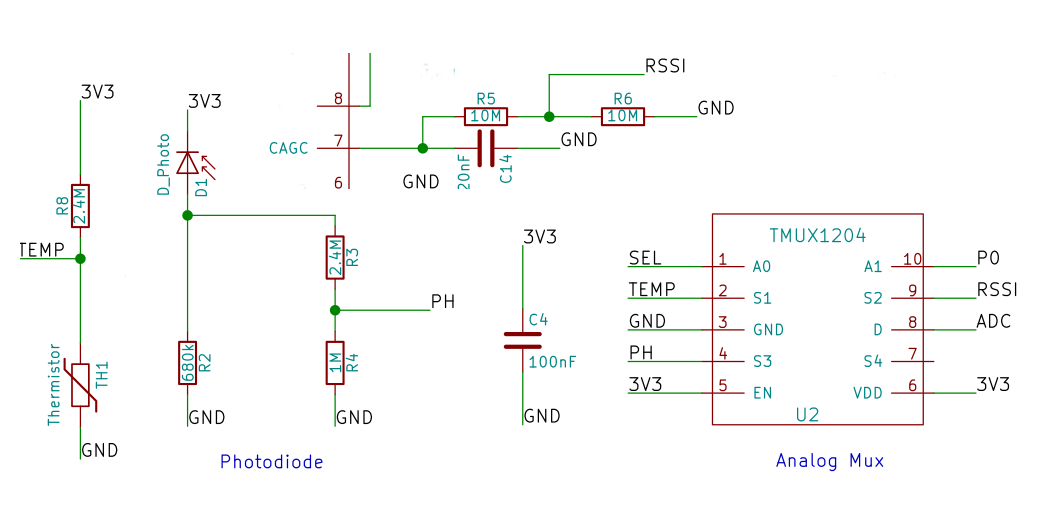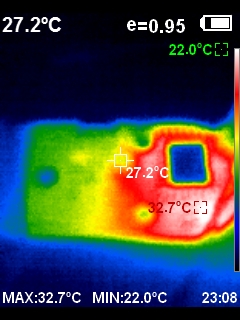Hello everyone
I am using a TMUX1204 to multiplex 3 analog signals to an unique ADC input, signals are between 0 and 1V to comply with the ADC max voltage. You can see the schematic related to the mux attached to this message.
A1 has a 10K pulldown that is not represented in the schematic, A0 is tied to a MCU GPIO that might be floating at bootup. S4 is left floating.
On a batch of 50 boards, 5 had overheating TMUX1204 chips when they were plugged. The problem either disappeared over time or when flashing MCU.
I am now unable to reproduce the issue and thus afraid to commit to a larger batch of boards without knowing what is going on. We tried to float A0 and A1 to reproduce it without luck.
Do you have any lead on what could be the issue and how to fix/reproduce it ? I'm considering tiying S4 to GND and adding a pull down to A0 but i'm a bit lost.



